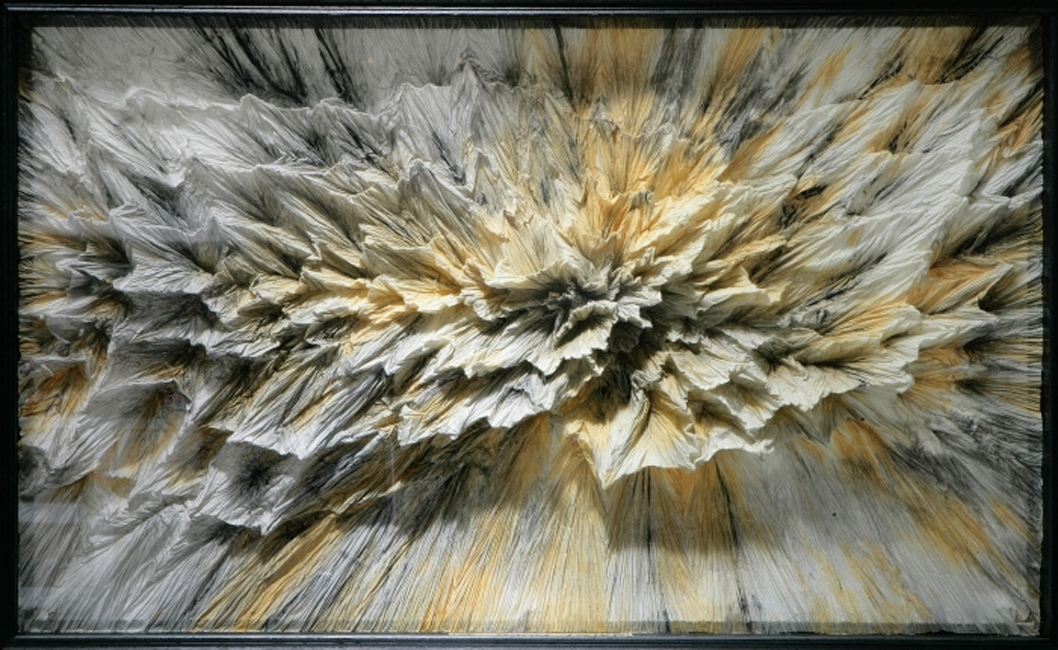

Folding Paper: The Infinite Possibilities of Origami is the first museum exhibition to explore the history of paper folding, the works of the world’s foremost origami artists, and the connection between origami and mathematics, science, and design.
Origami, or Japanese paper folding, began centuries ago in Japan, probably in religious ceremonies and as a pastime of Court nobles. By the 17th century, much of the population was folding birds, animals, and boxes. Paper folding was also practiced in Europe and became well established there by the 19th century. In both regions, the practice was regarded primarily as a children’s craft or hobby for adults with nimble fingers. It was not considered “art” until the mid 20th century, when folders around the world began experimenting with different styles, techniques, and materials. Now, origami is a sophisticated international art form worthy of museum exhibition, collection, and scholarship.
The exhibition showcases contemporary origami by renowned artists from countries as diverse as Japan, the United States, Uruguay, and Russia. It presents them within the context of origami history and examines the many evolving styles of origami today, from representational figures from nature to modular geometric forms and abstract sculptures.
The exhibition also examines the relationship between origami and art, science, and mathematics, and demonstrates its tremendous impact in areas as diverse as space exploration, medical research, and fashion design. Lastly, Folding Paper explores origami—particularly the beloved crane—as a powerful tool for world peace.
The exhibition is curated by Meher McArthur, with Robert J. Lang as exhibition advisor, and organized by the Japanese American National Museum, Los Angeles, and International Arts & Artists, Washington, DC. The exhibition was generously supported by the E. Rhodes & Leona B. Carpenter Foundation.
![]()
This is a carousel. This section contains multiple slides with links to event related exhibitions. Use the left and right arrow buttons to navigate.
